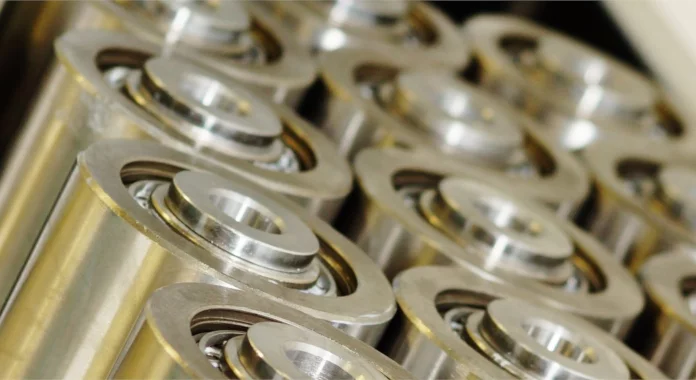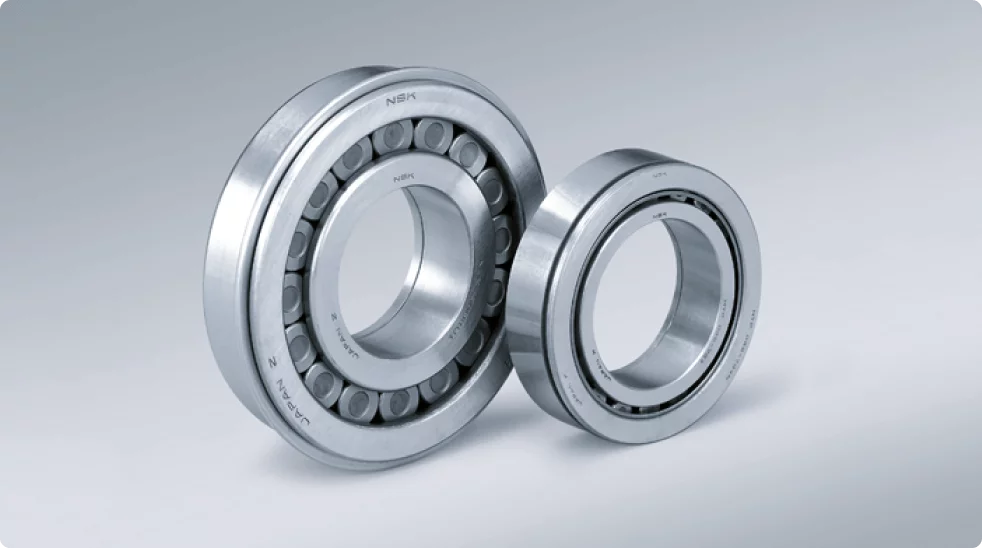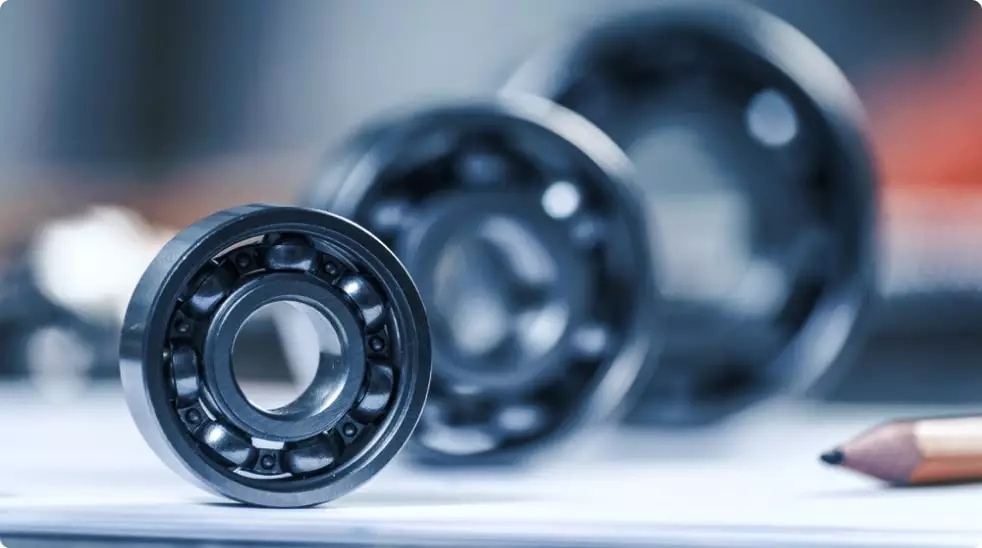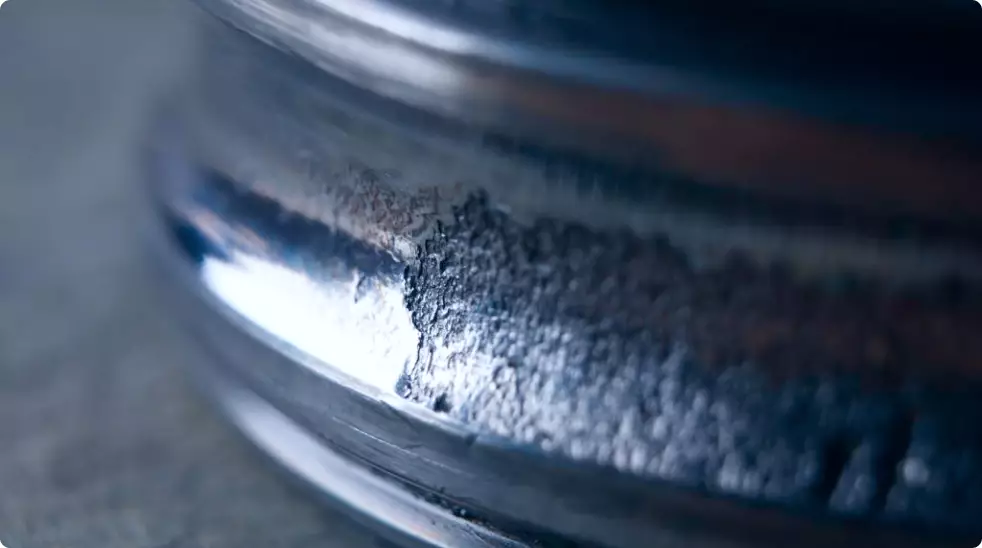
Bearing Tolerances: The Key to Long-Lasting Equipment
Bearing tolerances is an essential aspect of engineering design, and their significance cannot be overstated. Bearings play a crucial role in the proper functioning of rotating equipment, and their proper selection and installation are crucial to achieving long-lasting equipment performance. This article aims to explore the importance of bearing tolerances in equipment longevity and the factors that affect their tolerances.
Types of Bearing Tolerances
Bearing tolerances are the allowable limits of deviation from the ideal size, shape, and position of a bearing. The International Organization for Standardization (ISO) has established various standards for bearing tolerances. Bearing tolerances include bore, outer diameter, width, radial clearance, axial clearance, and running accuracy. Radial clearance refers to the amount of play between the inner and outer races of a bearing. Axial clearance refers to the amount of play in the axial direction. Running accuracy refers to the degree of precision of the bearing’s rotational movement.

ES = upper deviation · EI = lower deviation · IT = fundamental tolerance · (H = fundamental deviation)
![]() Zero line ·
Zero line · ![]() Housing ·
Housing · ![]() Clearance fit ·
Clearance fit · ![]() Transition fit ·
Transition fit · ![]() Interference fit
Interference fit
Factors Affecting Bearing Tolerance
Bearing tolerances are influenced by several factors, including material, geometry, and load conditions. Material properties such as hardness, strength, and fatigue resistance affect the bearing’s ability to withstand loads and stresses. How to choose the appropriate material, read our article.
The geometry of the bearing, including its shape, size, and surface finish, affects its ability to distribute and support loads evenly. Load conditions such as speed, temperature, and vibration also affect bearing tolerances by inducing stress and wear.
To achieve optimal performance, bearing tolerances must be carefully selected and designed to suit the specific operating conditions of the equipment. For example, a high-speed spindle bearing requires tighter tolerances to reduce friction and prevent heat buildup, while a heavy-duty bearing used in a mining application may require looser tolerances to accommodate large shock loads.
How to Measure Bearing Tolerances
Measuring bearing tolerances is a critical step in ensuring proper performance and longevity of equipment. There are several methods for measuring bearing tolerances, including dimensional inspection, surface roughness analysis, and vibration analysis.
Dimensional inspection involves measuring the dimensions of the bearing components and comparing them to the design specifications. To verify that the bearing meets the required tolerances for size, shape, and concentricity. Surface roughness analysis involves measuring the roughness of the bearing surfaces and comparing them to the required specifications to ensure that the bearing surfaces are smooth and free from defects that can lead to premature wear.
Vibration analysis involves measuring the vibration levels of the bearing during operation and comparing them to acceptable levels to detect any abnormal vibration patterns that may indicate wear or damage to the bearing components.
Conclusion
Bearing tolerance plays a critical role in the long-term performance and reliability of mechanical equipment. Through careful consideration of factors such as material selection, manufacturing processes, and design specifications, engineers can ensure that bearings are properly matched to their intended applications and are able to withstand the anticipated loads and stresses. By minimizing variations in tolerances and achieving precise fit and alignment, equipment designers can improve operational efficiency, reduce maintenance costs, and extend the service life of their machines. Therefore, it is crucial for engineers to prioritize the selection and implementation of appropriate bearing tolerances to optimize the performance and durability of their equipment.
If you have any questions about bearing tolerances, please Contact us.









 Short Rigid Couplings
Short Rigid Couplings Controlflex Couplings
Controlflex Couplings Jaw Couplings
Jaw Couplings Oldham Couplings
Oldham Couplings Bearing Locknuts – TCN
Bearing Locknuts – TCN Double Wide Shaft Collars
Double Wide Shaft Collars Heavy Duty Shaft Collars
Heavy Duty Shaft Collars International Series Shaft Collars
International Series Shaft Collars Keyed Shaft Collars
Keyed Shaft Collars Mountable Shaft Collars
Mountable Shaft Collars Quick Clamping Shaft Collars
Quick Clamping Shaft Collars Set Screw Shaft Collars
Set Screw Shaft Collars Thin Line Shaft Collars
Thin Line Shaft Collars Threaded Shaft Collars – Pacific International Bearing Products
Threaded Shaft Collars – Pacific International Bearing Products Two-Piece Shaft Collars
Two-Piece Shaft Collars Friction Bearing Universal Joints
Friction Bearing Universal Joints Needle Bearing Universal Joints
Needle Bearing Universal Joints

